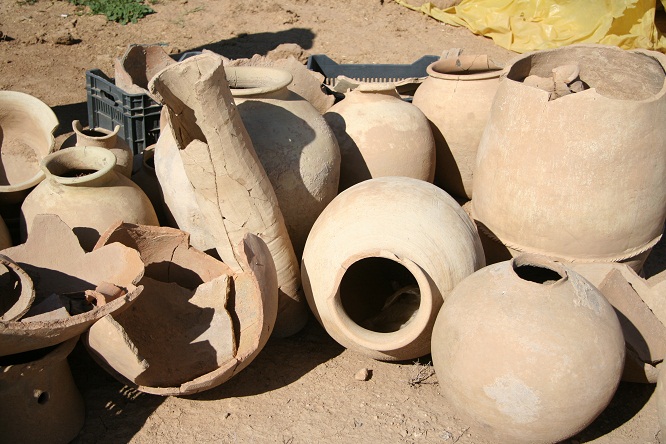
Mesopotamian archaeology began in the mid-19th century from within Biblical and Classical scholarship. The rediscovery of the great capital cities of Assyria and Babylonia by British and French adventurers, notably Layard and Botta, is the stuff of legend. The national and personal rivalries among early explorers led directly to the great Mesopotamian collections of the British Museum and the Louvre. From the mid-1900s, archaeologists from Iraq and Syria have played greater roles.
Mesopotamian archaeology has closely tracked theoretical developments in archaeology over the years. The earliest excavations concentrated on the state and imperial capital cities with monumental temple and palace architecture and the sculptures and other artistic products of the ruling classes. Archaeological approaches were based in collectionism and Orientalism; these were gradually replaced by scientific methodologies and a culture-history approach. The study of agricultural origins in the Fertile Crescent took place within the context of the New Archaeology of the 1950s and 1960s; Marxist, Structuralist and Systems approaches to urbanism dominated the 1970s-80s. Phenomenological and other post-modern theoretical approaches are visible in the work of many scholars today.

Throughout the decades, Mesopotamian archaeology has been grounded in robust analyses of chronology and study of the rich and abundant settlement landscapes and material culture. The combination of archaeological, landscape and artifactual data with textual materials, both complementary and contradictory, allows the creation of a "deep map" of the region.


